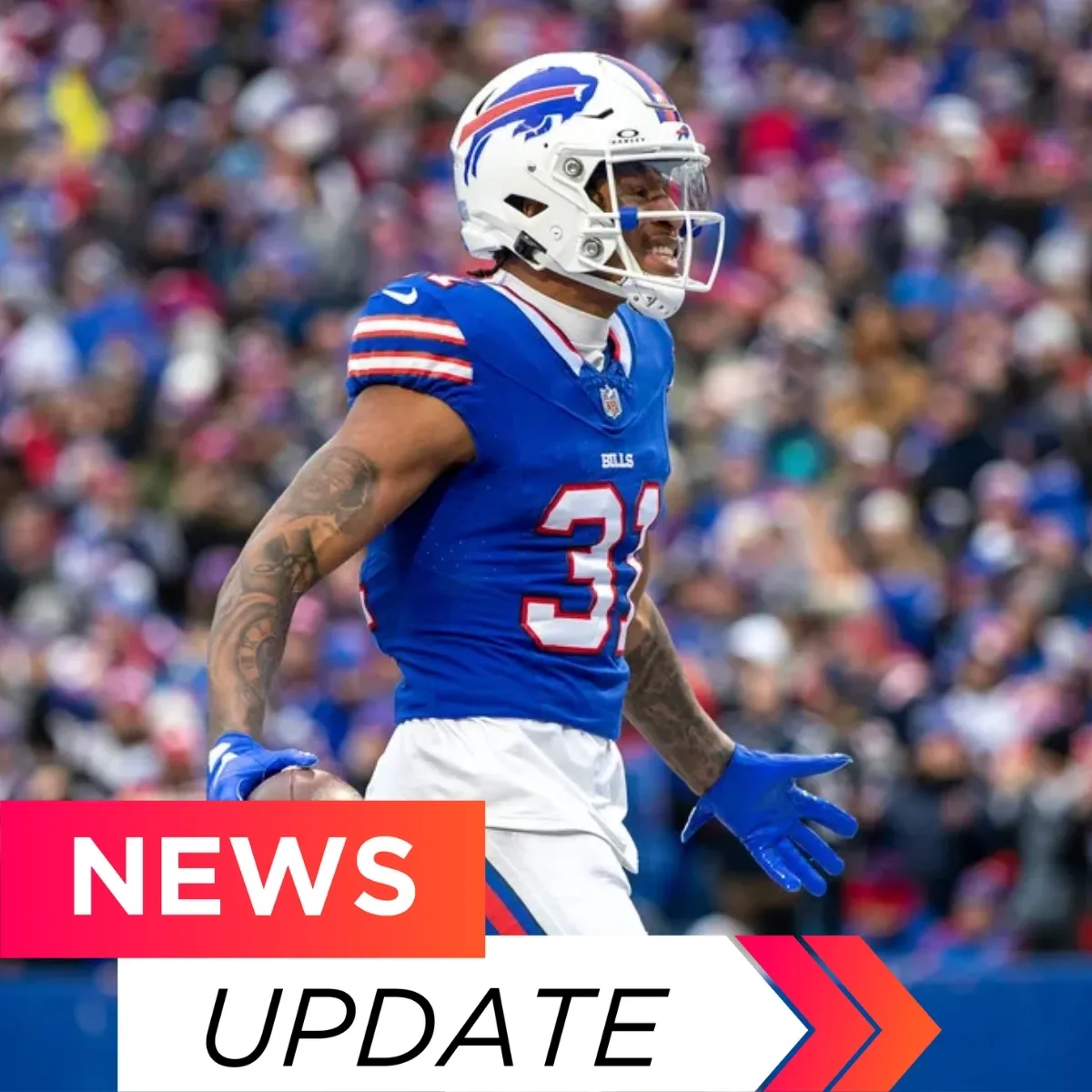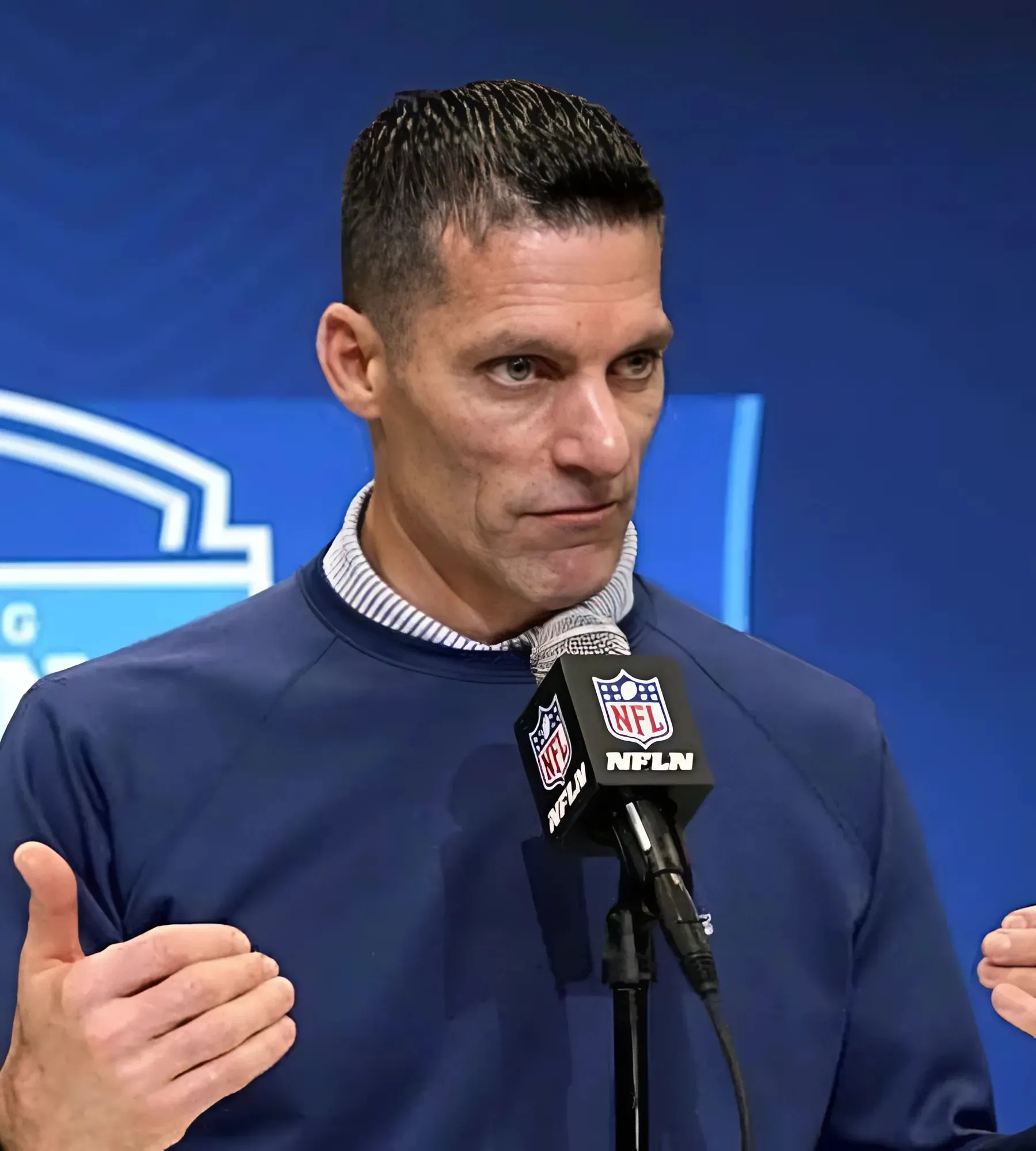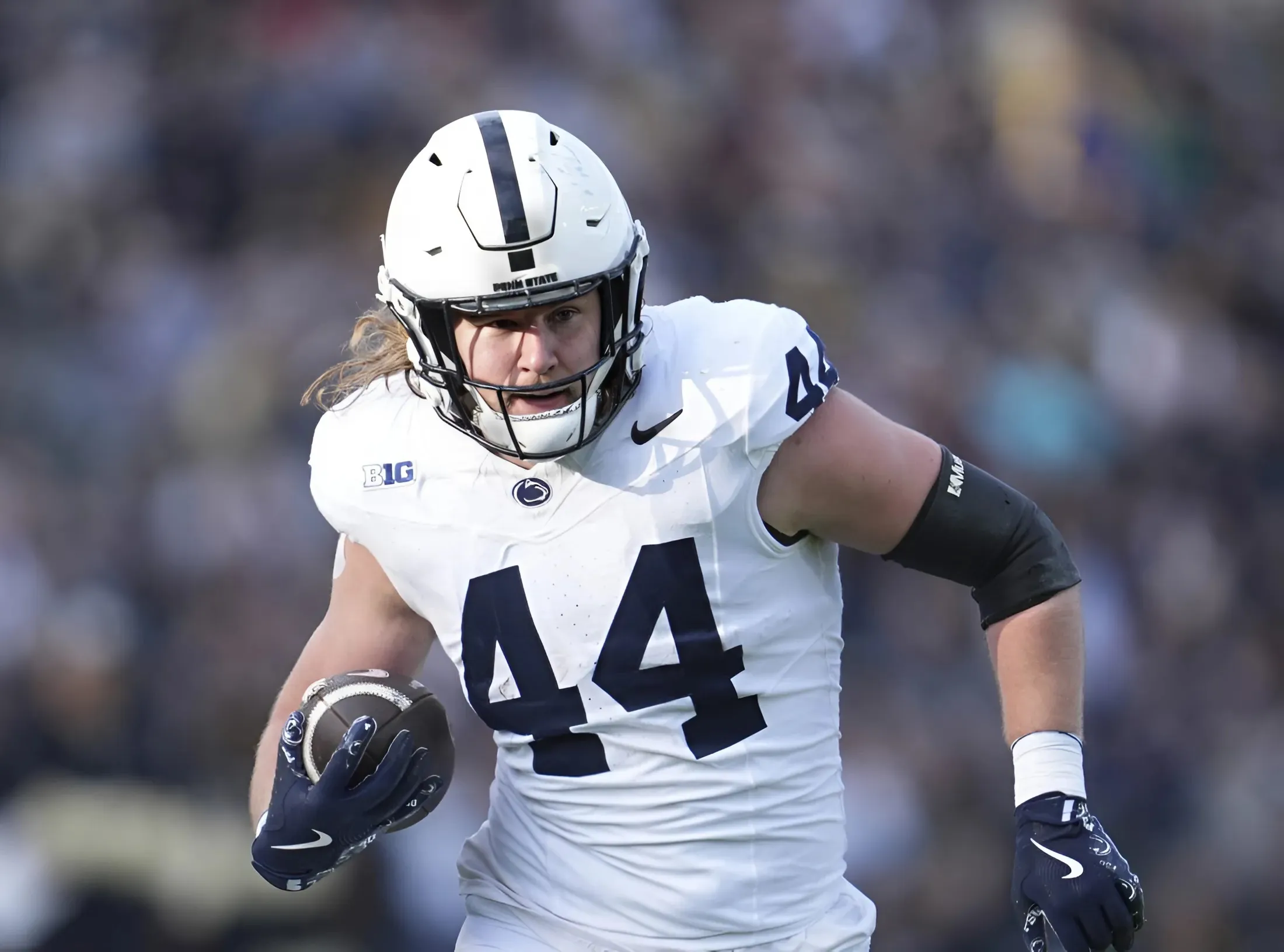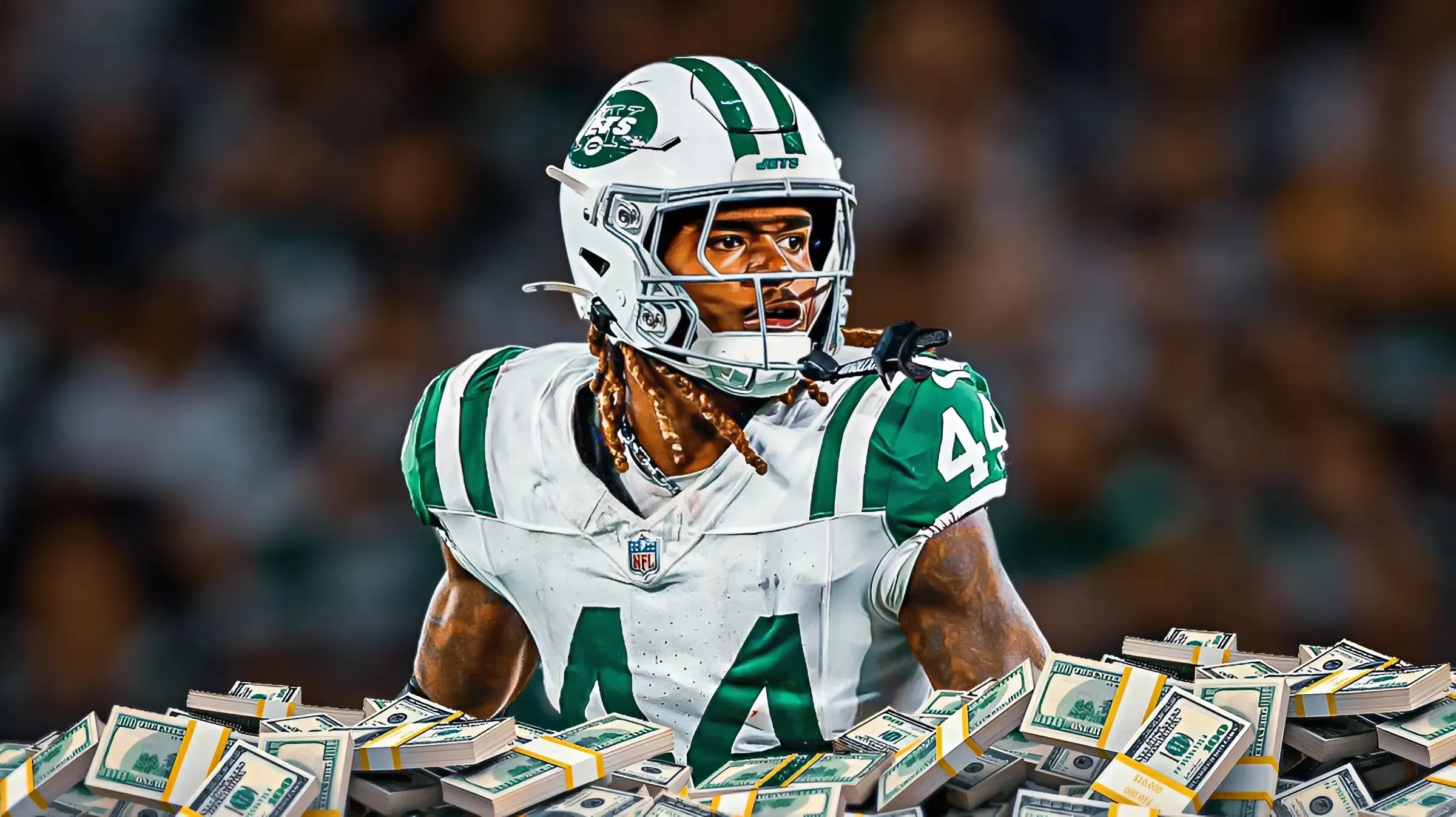The Vancouver Canucks head into next season with plenty to prove. After the regular season turmoil and not making the playoffs, the big question is how to raise the team’s level of play. And that starts with a simple but critical question that Halford and Brough raised on their morning show: Who will drive the play besides Quinn Hughes?
Hughes has cemented himself as the Canucks’ engine—“the straw that stirs the drink,” as the hosts like to say. But he can’t stir it alone. Not in today’s NHL, and certainly not as a defenseman. Vancouver needs more. More pace, urgency, and players willing to take control and say: “give me the puck.”
So, who else in the team’s forward group has that in them?
What Does It Mean to “Stir the Drink?”
Halford and Brough used a metaphor I hadn’t heard in a while on their show. Both talked about Hughes as the straw that “stirs the drink.” For younger readers, “the straw that stirs the drink” is attributed to baseball superstar Reggie Jackson, who used it in the 1970s to describe his role with the New York Yankees. Specifically, Jackson said, “I’m the straw that stirs the drink. Maybe I should say me and Munson, but he can only stir it bad.”
The quote captured his sense of being the team’s driving force. Not surprisingly, it “stirred” plenty of controversy at the time. However, it also demonstrated that Jackson was more than willing to step up and face the music. He wanted the focus; he wasn’t afraid of it. The result was the player who came to be called “Mr. October.” What NHL team doesn’t want a player like Jackson who rises to the occasion when the stakes are the highest?
During their conversation, Halford and Brough debated who would step up for the Canucks. In doing so, they were not just talking about talent or production. They’re pointing to something more challenging to define but easy to spot—tempo, creativity, and control—the willingness to initiate, to set the tone rather than react to what’s going on in the game.
They argued that players like Brock Boeser and (before he was traded) J.T. Miller were more support straws than drivers. (Given what happened, to extend Jackson’s 30-year-old metaphor, Miller might have been the team’s Thurman Munson. While it seemed as if he attempted to drive the team, the lack of teammates who wanted to jump in the car with him likely was the reason that got him moved.)
That’s not a knock on Boeser and Miller’s ability. It’s just recognition that they often thrive when someone else has already taken charge of the play. What the Canucks need is someone up front who sees the ice like Hughes does, someone who wants the puck on their stick.
Enter Canucks Newcomer Filip Chytil
One name floated by the hosts—almost offhandedly, but with growing curiosity—was Filip Chytil. “Fil is not a straw,” Brough quipped, “but he has straw characteristics.”
I liked Chytil’s game when he first came to the team. Something in it suggested he could become a tempo-changer. Maybe not every shift, maybe not every night, but enough to make a difference. He has speed. He has a shoot-first mentality. And perhaps most importantly, he has some unpredictability. That’s something the Canucks have lacked outside of Hughes—someone who can turn a game on a single possession, or at least bend the ice a little.

Chytil arrived in Vancouver as part of the January trade that sent Miller to the New York Rangers. It was a bold move, especially given Miller’s status as a top-line contributor who could put up a 100-point season. But the front office saw something in Chytil that made the gamble worthwhile, and the early returns were promising.
In his Canucks debut, Chytil scored a goal, led all Vancouver centers in ice time, and dominated faceoffs. He put up six points over his first nine games, including a two-assist night against the Los Angeles Kings and a game where he confidently quarterbacked the power play. He was fast, aggressive, and hungry to make a mark.
Unfortunately, just as he seemed to be settling into a second-line role, a concussion sidelined him for the rest of the season. He finished the season with 13 goals and 26 points in 56 games between New York and Vancouver—not eye-popping numbers, but enough to suggest potential if he stays healthy.
The Chytil Question for the Canucks 2025–26 Season
Looking ahead, Chytil might be one of the most important “swing” players on the Canucks roster. At 25 and signed through 2026–27, he’s entering his prime. He has top-six talent, a track record of substantial possession numbers, and a playstyle that meshes with what Vancouver desperately needs: speed, shot generation, and a little bit of chaos down the middle.
If he can stay healthy and in the lineup, he could be the one to shift the balance. Not to take the drink from Hughes, but to stir it when he’s off the ice.

But perhaps more what Chytil might bring is the edge the team needs to drive the play willingly. The more profound concern, as Halford noted, might be mental. Too often, the Canucks forwards deferred and waited for someone else to make the play. “You can’t have five guys deferring to each other,” Halford noted. “When Hughes isn’t out there, you need someone who wants to take control.”
That’s a mindset—a culture shift. Chytil might not be a full-on gamebreaker, but he plays like he wants to make something happen—and that might be enough.
What Happens If Chytil Ain’t the Guy?
Of course, it’s still a big if. Chytil has to stay healthy. He has to take another step. But if he doesn’t, the Canucks will once again be looking at a forward group that leans too heavily on its defenseman to carry the tempo.
Someone has to emerge, whether it’s Chytil, a re-energized Elias Pettersson, or an offseason addition. Because next season’s success won’t be about how good Quinn Hughes is—it’ll be about how much help he gets.



